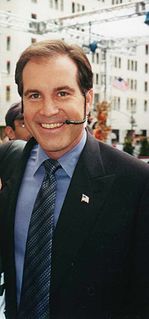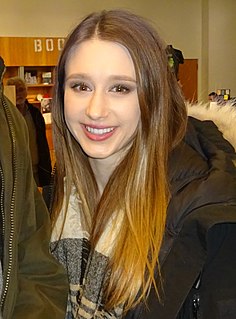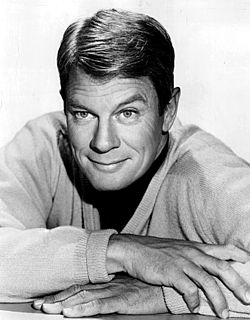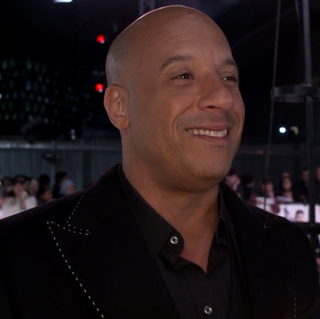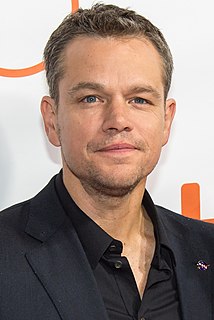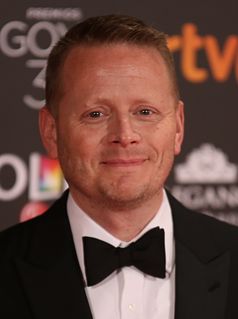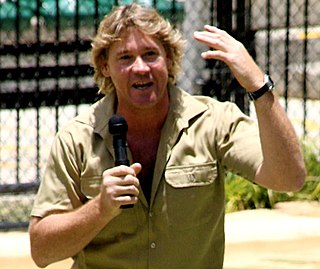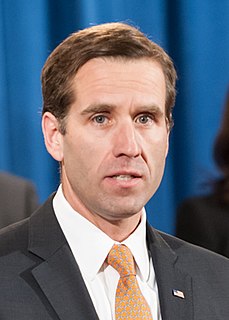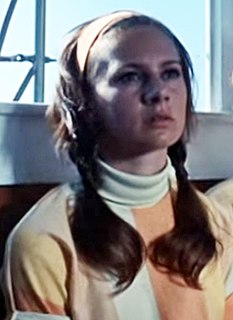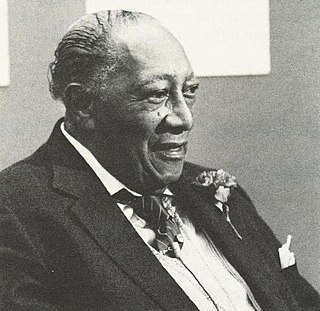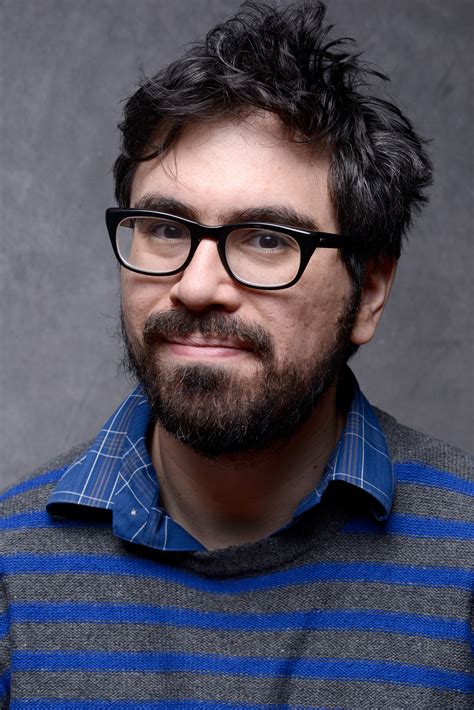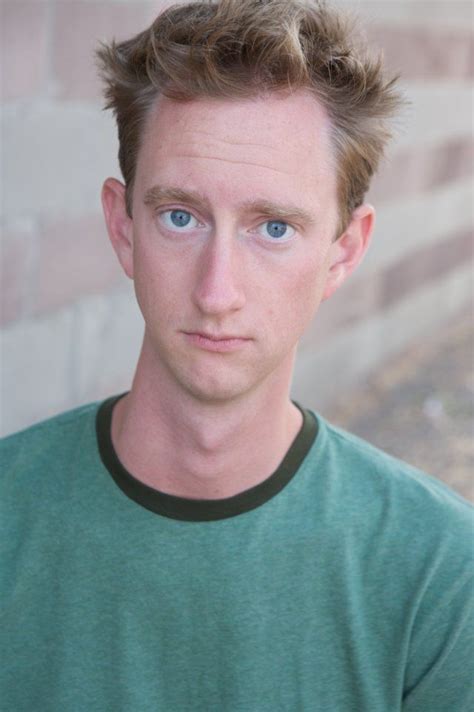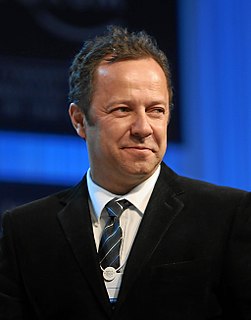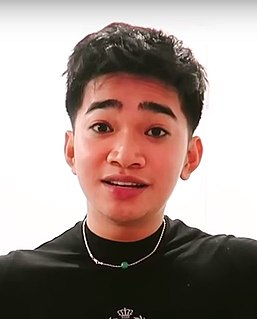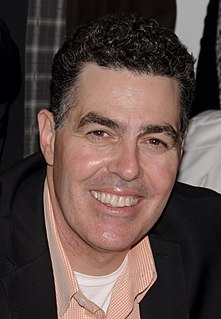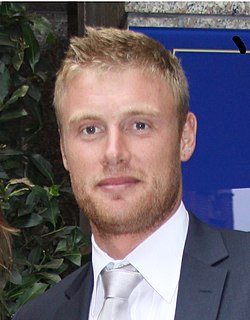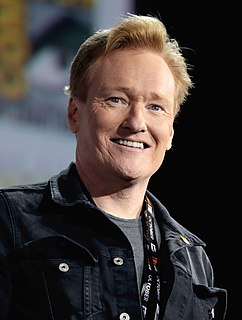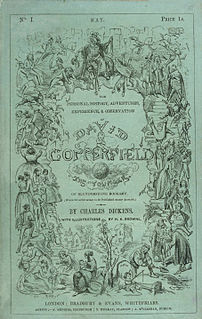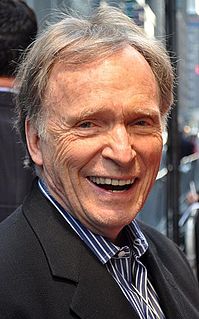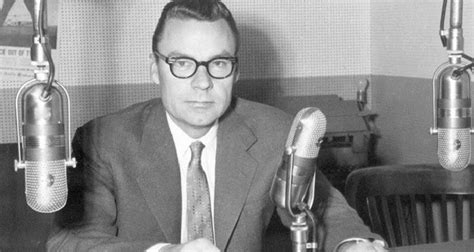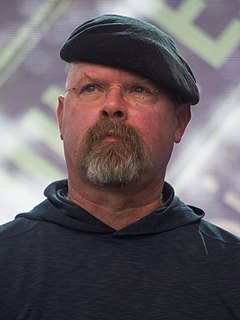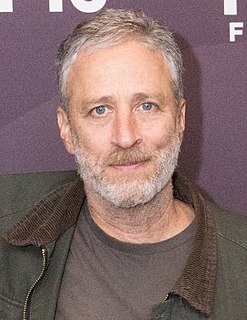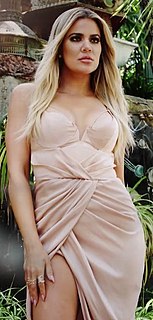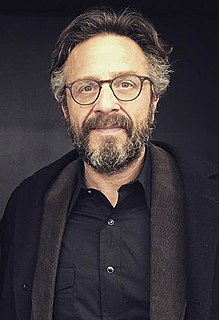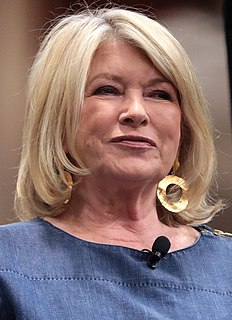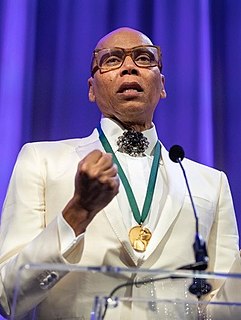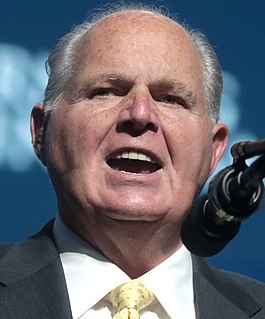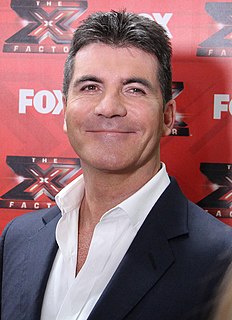A Quote by Jim Nantz
The late, great ABC golf anchor Jim McKay once advised me, 'When you look into the camera, imagine you are talking to one person on the other end.' The next time you hear 'Hello, friends' at the start of a broadcast, just know that I'm channeling my father at that very moment. I see him on the other side of that camera, smiling right back.
Related Quotes
In drama, you're interacting with other actors to tell the story. The camera is like the theater: it's the artistic fourth wall. In a screen play, you don't look at the camera and communicate with it. But with hosting, you're looking right into the lens and talking to the people. It is a different style, and it's fascinating.
Sometimes you meet someone, and they seem great, they seem exactly what you're thinking of for the role, and then you put a camera on them, and they freeze. And other people come to life with the camera on them. I haven't discovered any reliable predictor for that; I think you just have to try it and see what happens. And, you know, sometimes the people who freeze, if you find the right magic word to say to them, you can unlock them.
People ask me what it was like working with Jim Carrey. Well, I never really saw too much of him. I would talk to him on the set, but I was looking at a Grinch facade. It was his voice and all, but... Jim is amazing to watch in front of the camera. I learned a lot from him. He was also always very nice and generous to me.
Zooming in, zooming out. I was shocked. I said, "Let's erase this right now, put the camera behind the stage and I'll do the performance just for the camera." He set up everything and I told him to go outside and smoke a cigarette. Come back when I finish. Don't touch the camera. This was the way how I've done most everything after that.
The first time I worked with colors was by making these mosaics of Pantone swatches. They end up being very large pictures, and I photographed with a very large camera - an 8x10 camera. So you can see the surface of every single swatch - like in this picture of Chuck Close. And you have to walk very far to be able to see it.
